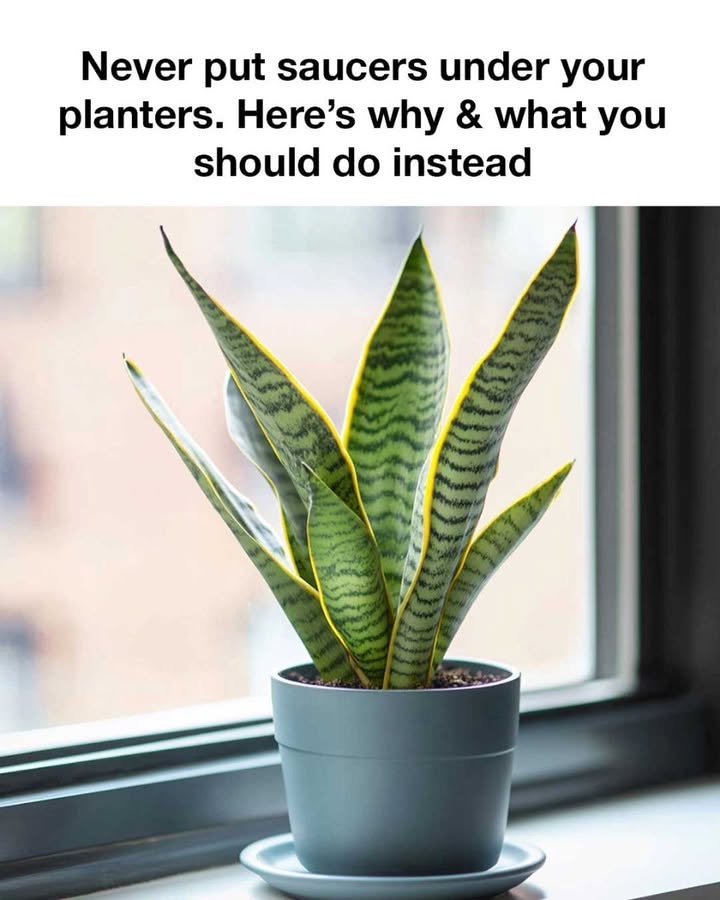ADVERTISEMENT
🌿 Even Better: Alternative Solutions for Superior Plant Health
If you want to go beyond the basic saucer, these methods often provide a healthier environment for your plants.
| Solution | How It Works | Best For |
|---|---|---|
| Pebble Tray | A tray filled with pebbles and a bit of water. The pot sits on top of the pebbles, not in the water. This increases humidity without waterlogging the soil. | Tropical plants that love humidity (e.g., Ferns, Calatheas). |
| Pot Feet or Stand | Small stands that elevate the pot, allowing air to circulate underneath and water to drain away freely. | Improving airflow and preventing stains on decks or furniture. |
| Self-Watering Pots | A built-in reservoir waters the plant from the bottom up on demand, preventing overwatering. | Busy plant owners or moisture-sensitive plants. |
| Decorative Cachepot | Using a stylish, hole-less outer pot (cachepot) with a basic plastic nursery pot inside. You can easily remove the inner pot to water and drain it completely before placing it back. | Aesthetics and easy maintenance. |
💡 Pro Tips for Foolproof Drainage
-
Add a Drainage Layer (Myth Busting): Contrary to popular belief, putting a layer of gravel at the bottom of a pot can worsen drainage by raising the water table inside the pot. It’s better to use a well-draining potting mix throughout.
-
Choose the Right Soil: Use a potting mix tailored to your plant. Adding perlite, orchid bark, or pumice improves aeration and drainage for most houseplants.
- Continue reading…
ADVERTISEMENT
